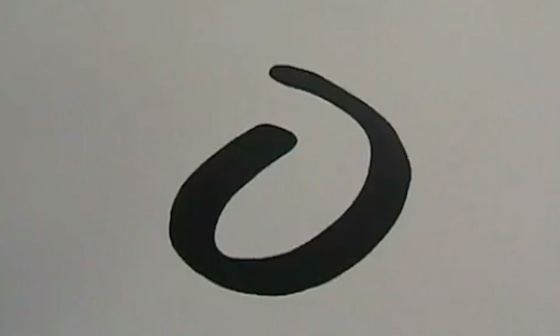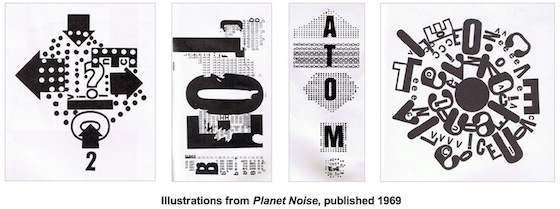Poking around the web the other day, my staff of thousands came across an old movie that Michael McClure once made of Liam O’Gallagher taking psilocybin, in 1962, in a San Francisco Chinatown loft. The original, shot in color on 16mm film stock, was basically a short piece of silent documentation — an amateur bit of cinema verité, if you like.

‘Chinatown Trip’ [Click for the flick.]
This is the text of “Science Fiction”:
Every morning when I wake up I know I’ve been on a space trip. Somewhere where space and time have been suspended. The distance traveled, the direction, the different places and people encountered are rarely the same or even familiar. My feeling is that they are remembering me. When I awaken, I remember them. And there is some sort of mystical reconstitution. This is science fiction. This is why what anyone can imagine in fiction, and when we all imagine it together, we call it reality. Which is also why there is no science of science.
So every morning I have a space success. I inevitably return a hero and relate my experience, which is then called visionary. And sometimes I’m called a prophet. Recently, my face appeared in London, via satellite, my voice traveled on waves across India. No one was surprised. So my answer to ‘Do you think that science fiction today will be science reality in 2021?’ has to be ‘Yes.’ Because science fiction writers care about the future, and I expect to see anytime now some of the other forms life has taken on my TV screen and, most likely, at some unscheduled time.
One other thing. Science fiction is the religious reading of our time. It concerns itself with mysteries that will never die. It stresses the fact that being human is a concept, an idea, that mutation is common in the universe, and that soul is capable of recognizing form wherever it may go, instantly and in all its sensuous complexity. This old-time religion — cosmic — also informs us that not all outer space intelligences are necessarily going to agree with us, that life everywhere means to evolve, to change.
And these are some of the visual poems from a pamphlet of his, the fourth in a series I edited under the Nova Broadcast imprint.






It is wonderful to see Liam’s work in distribution. Tx Jan…